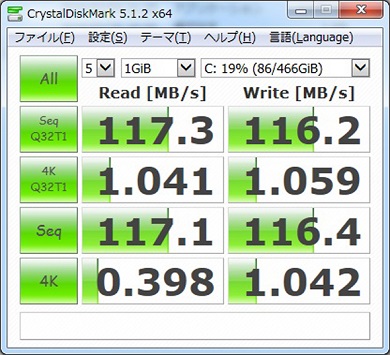
The MX500 performed equally well when using highly compressible 0x00 (0 Fill) data. This benchmark tool measures the performance of a storage device by testing its sequential read and write speeds as well as its random read and write speeds using blocks 512K and 4K in size.ĪDATA Ultimate SU900 256GB - All 0x00, 0Fill Looking at the screenshot above, you can see that it performs equally well with both incompressible (0%) and compressible (100%) data.įirst, I ran a few quick tests using CrystalDiskMark. For comparison, I've also included test results from the Crucial BX300, ADATA Ultimate SU900, Plextor S3C, Toshiba OCZ VX500, ADATA Ultimate SU800, Plextor S2C, Crucial M300, Plextor M7V, PNY CS1311, OCZ Trion 150, PNY CS2211, Plextor M6V, Crucial BX200, OCZ Trion 100, Kingston HyperX Savage, Crucial MX200, OCZ Vector 180, Kingston BX100, Samsung 850 EVO M.2, Samsung 850 EVO mSATA, AMD Radeon R7, Silicon Power Slim S80, Samsung SSD 850 EVO, OCZ ARC 100, SanDisk Ultra II, Crucial MX100, SanDisk Extreme Pro and Samsung SSD 850 PRO.Īs I mentioned earlier, the Crucial MX500 is based on SMI's SM2258 controller chip. To test the performance of Crucial's MX500 SSD, I ran a series of benchmarks using CrystalDiskMark, HD Tach RW, ATTO Disk Benchmark, AS SSD, HD Tune Pro, Anvil's Storage Utilities, Iometer and PCMark 8.

CRYSTAL DISKMARK 5.1.2 WINDOWS 10
For the operating system, I installed a fresh copy of Windows 10 Enterprise. The test system used in this review is equipped with an Intel Core i7-6700K CPU, GIGABYTE GA-Z170X-UD3 motherboard, 32GB (16GB x 2) of Crucial Ballistix Sport LT DDR4 memory, Samsung 960 PRO 512GB SSD and a GIGABYTE GeForce GTX 1060 WINDFORCE OC 6G graphics card.


 0 kommentar(er)
0 kommentar(er)
